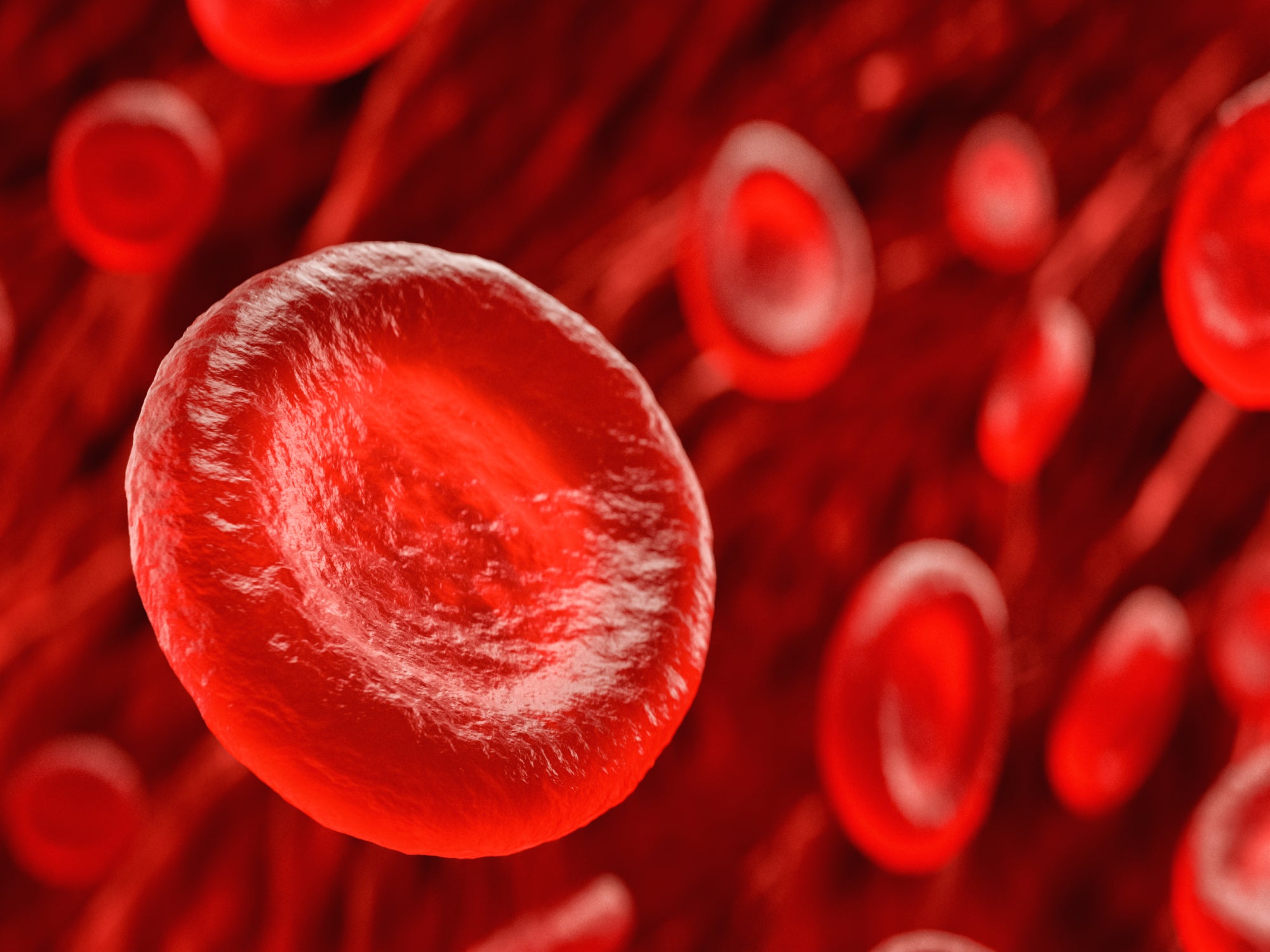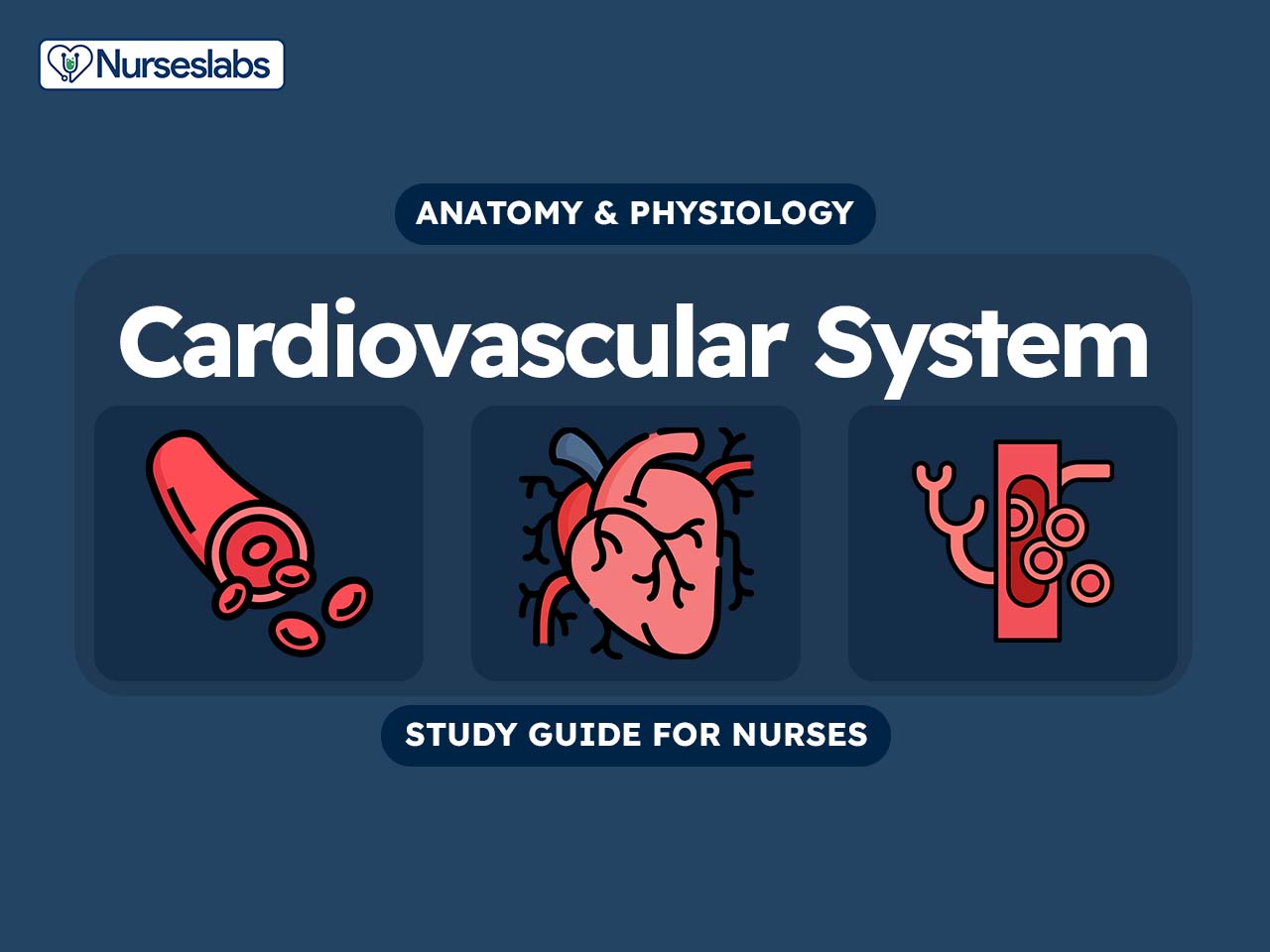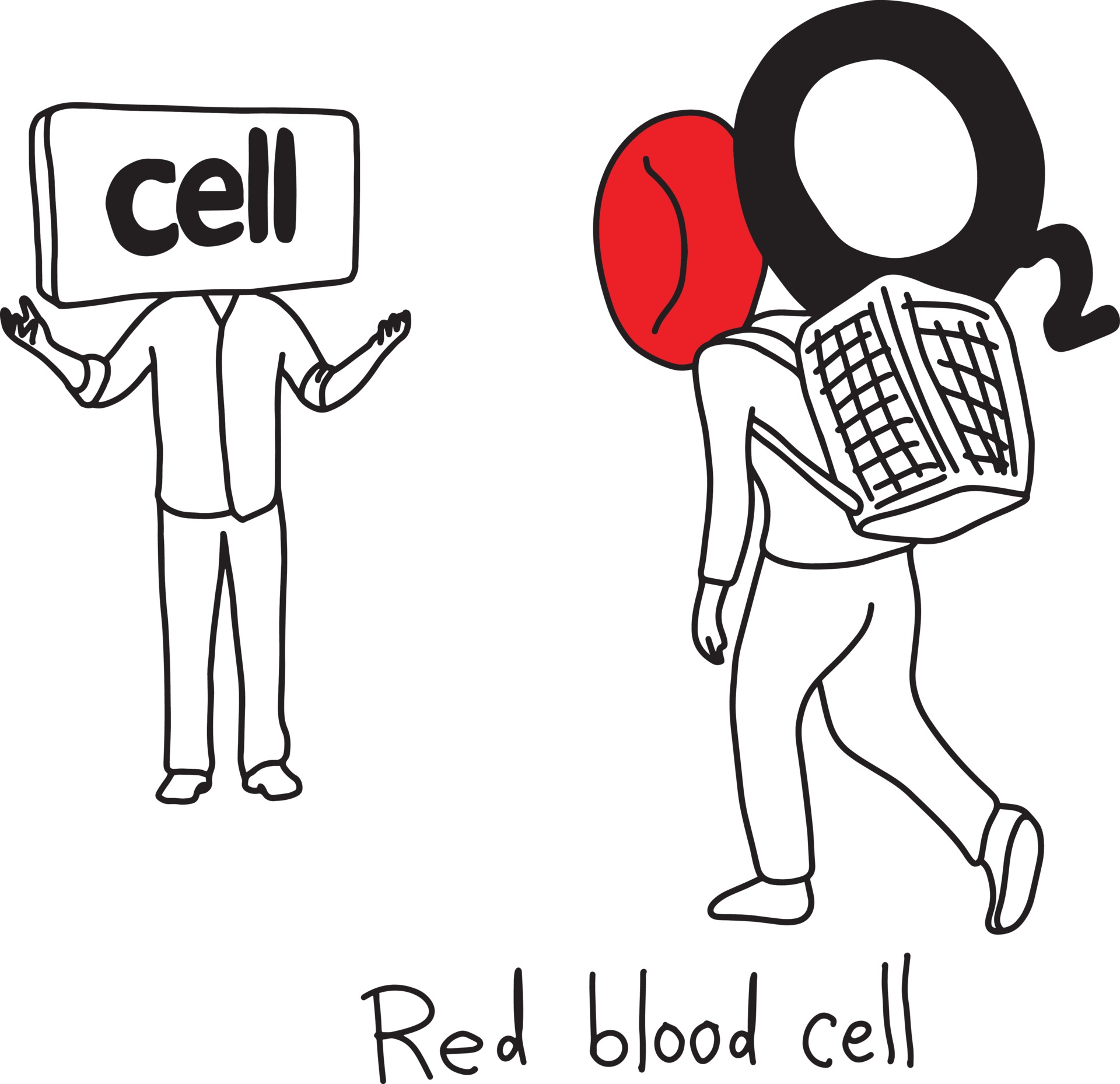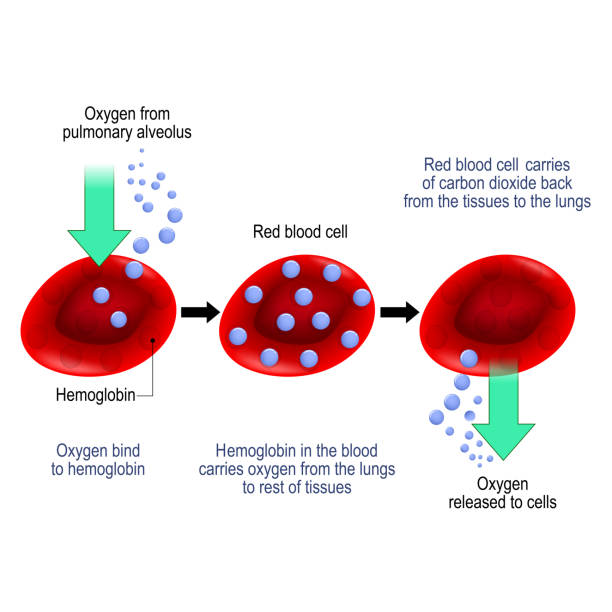Jun 29, 2022Arteries are a type of blood vessel that help carry oxygenated blood from the heart to the rest of the body. They are part of your vascular system, commonly called the circulatory system. Major arteries, such as the aorta, branch off into smaller arteries.
Sickle Cell Disease (for Parents) – Nemours KidsHealth
Nov 14, 2022Oxygen is essential for ATP generation through oxidative phosphorylation, and therefore must be reliably delivered to all metabolically active cells in the body.[1][2] In the setting of hypoxia or low blood oxygen levels, irreversible tissue damage can rapidly occur. Hypoxia can result from an impaired oxygen-carrying capacity of the blood (e.g., anemia), impaired unloading of oxygen from

Source Image: pcmag.com
Download Image
The vascular system, also called the circulatory system, is made up of the vessels that carry blood and lymph through the body. The arteries and veins carry blood throughout the body, delivering oxygen and nutrients to the body tissues and taking away tissue waste matter. The lymph vessels carry lymphatic fluid (a clear, colorless fluid

Source Image: sanguina.com
Download Image
Ventilators and COVID-19: How They Can Save People’s Lives
The materials carried by the cardiovascular system include oxygen from the lungs, nutrients from the digestive system, hormones from glands of the endocrine system, and waste materials from cells throughout the body. Transport of these and many other materials is necessary to maintain homeostasis of the body.
Source Image: cdc.gov
Download Image
To Carry Oxygen-Poor Blood Away From Cells
The materials carried by the cardiovascular system include oxygen from the lungs, nutrients from the digestive system, hormones from glands of the endocrine system, and waste materials from cells throughout the body. Transport of these and many other materials is necessary to maintain homeostasis of the body.
As blood travels through the body, oxygen is used up, and the blood becomes oxygen poor. Oxygen-poor blood returns from the body to the heart through the superior vena cava (SVC) and inferior vena cava (IVC), the two main veins that bring blood back to the heart. The oxygen-poor blood enters the right atrium (RA), or the right upper chamber of
About Stroke | cdc.gov
Arteries carry oxygen-rich blood away from your heart, and veins carry oxygen-poor blood back to your heart. In pulmonary circulation, though, the roles are switched. It is the pulmonary artery that brings oxygen-poor blood into your lungs and the pulmonary vein that brings oxygen-rich blood back to your heart.
Cardiovascular System Anatomy and Physiology: Study Guide for Nurses

Source Image: nurseslabs.com
Download Image
Hydroxyurea for People With Sickle Cell Disease (for Parents) – Nemours KidsHealth
Arteries carry oxygen-rich blood away from your heart, and veins carry oxygen-poor blood back to your heart. In pulmonary circulation, though, the roles are switched. It is the pulmonary artery that brings oxygen-poor blood into your lungs and the pulmonary vein that brings oxygen-rich blood back to your heart.

Source Image: kidshealth.org
Download Image
Sickle Cell Disease (for Parents) – Nemours KidsHealth
Jun 29, 2022Arteries are a type of blood vessel that help carry oxygenated blood from the heart to the rest of the body. They are part of your vascular system, commonly called the circulatory system. Major arteries, such as the aorta, branch off into smaller arteries.
Source Image: kidshealth.org
Download Image
Ventilators and COVID-19: How They Can Save People’s Lives
The vascular system, also called the circulatory system, is made up of the vessels that carry blood and lymph through the body. The arteries and veins carry blood throughout the body, delivering oxygen and nutrients to the body tissues and taking away tissue waste matter. The lymph vessels carry lymphatic fluid (a clear, colorless fluid

Source Image: healthline.com
Download Image
metaphor function of red blood cell to transport oxygen 3072845 Vector Art at Vecteezy
The heart and circulatory system make up your cardiovascular system. Your heart works as a pump that pushes blood to the organs, tissues, and cells of your body. Blood delivers oxygen and nutrients to every cell and removes the carbon dioxide and waste products made by those cells. Blood is carried from your heart to the rest of your body

Source Image: vecteezy.com
Download Image
1,400+ Red Blood Cell Oxygen Stock Photos, Pictures & Royalty-Free Images – iStock
The materials carried by the cardiovascular system include oxygen from the lungs, nutrients from the digestive system, hormones from glands of the endocrine system, and waste materials from cells throughout the body. Transport of these and many other materials is necessary to maintain homeostasis of the body.

Source Image: istockphoto.com
Download Image
Alveoli Function, Structure, and Lung Disorders
As blood travels through the body, oxygen is used up, and the blood becomes oxygen poor. Oxygen-poor blood returns from the body to the heart through the superior vena cava (SVC) and inferior vena cava (IVC), the two main veins that bring blood back to the heart. The oxygen-poor blood enters the right atrium (RA), or the right upper chamber of

Source Image: healthline.com
Download Image
Hydroxyurea for People With Sickle Cell Disease (for Parents) – Nemours KidsHealth
Alveoli Function, Structure, and Lung Disorders
Nov 14, 2022Oxygen is essential for ATP generation through oxidative phosphorylation, and therefore must be reliably delivered to all metabolically active cells in the body.[1][2] In the setting of hypoxia or low blood oxygen levels, irreversible tissue damage can rapidly occur. Hypoxia can result from an impaired oxygen-carrying capacity of the blood (e.g., anemia), impaired unloading of oxygen from
Ventilators and COVID-19: How They Can Save People’s Lives 1,400+ Red Blood Cell Oxygen Stock Photos, Pictures & Royalty-Free Images – iStock
The heart and circulatory system make up your cardiovascular system. Your heart works as a pump that pushes blood to the organs, tissues, and cells of your body. Blood delivers oxygen and nutrients to every cell and removes the carbon dioxide and waste products made by those cells. Blood is carried from your heart to the rest of your body